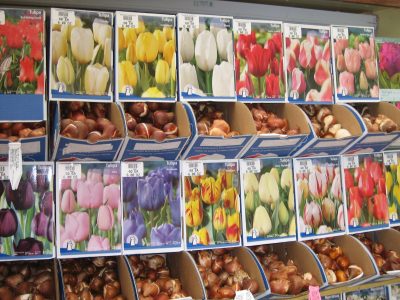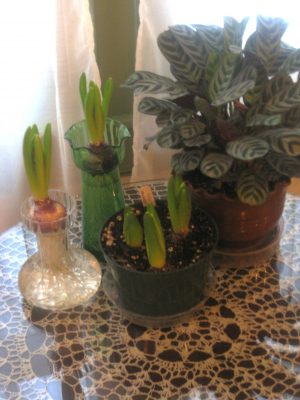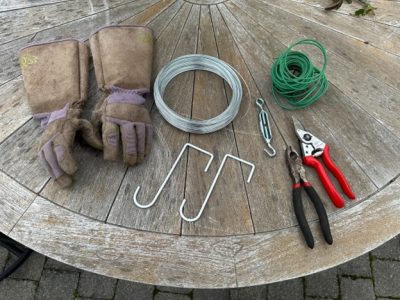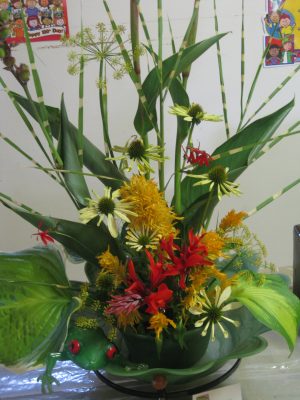By Nora Doonan, Soil Science Graduate Student, UConn Department of Plant Science & Landscape Architecture
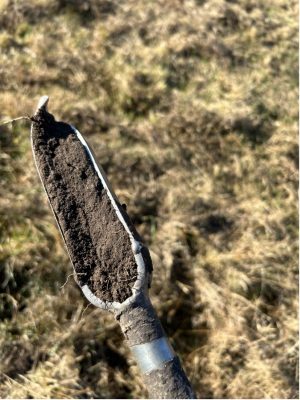
Soil testing begins with the homeowner, gardener, and farmer. The most critical step in soil testing is soil sample collection. Soil testing can help growers make informed decisions about fertilizer application, soil amendments, and soil health. A standard nutrient analysis can chemically extract calcium, magnesium, phosphorus, potassium, sulfur, iron, manganese, copper, zinc, aluminum, and boron from the soil. Other tests can also determine the pH and organic matter content of the soil. Poor sample collection can cause errors in the testing results, potentially leading to inaccurate nutrient recommendations and lowered crop productivity. Consistent and proper sampling procedures allow you to make future comparisons of the same sampling area. They also allow you to limit unnecessary nutrient applications that could lead to environmental contamination through the loss of nutrients. In addition, soil testing costs money and can influence the total cost of fertilizer and amendments needed for application. Following proper sample collection procedures can help you avoid unnecessary expenses.
The first step in collecting a soil sample is to determine an area in which the sample will be collected. You will want to select an area that has similar physical appearance, slope, drainage, limestone or fertilizer treatments, and intended plant usage. For example, if your front lawn has a steep slope compared to a flat side yard, you will want to collect a separate sample from both of those areas, rather than grouping them together as one sample.
The second step is to have a clean bucket and tool for collecting soil. This can be done more easily with a spade, auger, or probe. You will want to collect 10 or more random subsamples from across the selected area, that way the sample submission is representative. Flowers, vegetables, and small fruits soil samples should be collected to a depth of 6-8 inches. A depth of 6 inches is widely accepted since it represents the zone in which there is highest root density and nutrient uptake for many plant species. Soil samples collected for turf should be collected to a depth of 3-4 inches, since most turfgrass roots are concentrated in the top 4 inches of soil. Tree and shrub samples should be collected to a depth of 8 to 10 inches. These are the recommended sampling depths from the UConn Soil Nutrient Analysis Laboratory. It is also important to make sure that the sample is collected vertically, rather than at an angle. Sampling at an angle can affect the sampling depth and lead to inaccurate lab results.
Next, you will want to mix the subsamples together to break up the clumps while removing stones and debris. Once mixed, scoop out at least 1 cup of soil into a zipper lock bag and label the bag with a sample identification. Fill out the submission form with the same sample identification and label a crop code. Crop codes are key for making recommendations. Different crops have different needs. For example, blueberry plants prefer acidic soils that have a pH between 4.5 and 5.0 while turf prefers a pH between 6.0 and 7.2.
Soil samples can be collected at any time of the year, as long as the ground is not frozen, but should not be collected when the soil is very wet or within six to eight weeks of a fertilizer or lime application. Many samples are submitted in the spring to prepare for the growing season, but a fall soil sample submission can be very beneficial for soil pH and some fertility corrections. Limestone and sulfur can be added to the soil in the fall to allow plenty of time for the lime to neutralize soil acidity and bring pH to target levels by the spring. Sandy textured soils should be sampled every 2 to 3 years and clay soils should be sampled every 3 to 4 years. If a soil test reveals that a large correction in pH or fertility is necessary, it may be a good idea to have your soil tested again in 1 year to evaluate the correction. More information on soil testing services and soil sampling procedures can be found at the UConn Soil Nutrient Analysis Laboratory.
The UConn Home & Garden Education Center supports UConn Extension’s mission by providing answers you can trust with research-based information and resources. For gardening questions, contact us toll-free at (877) 486-6271, visit our website at homegarden.cahnr.uconn.edu, or reach out to your local UConn Extension center at cahnr.uconn.edu/extension/locations.
This article was published in the Hartford Courant August 16, 2025
